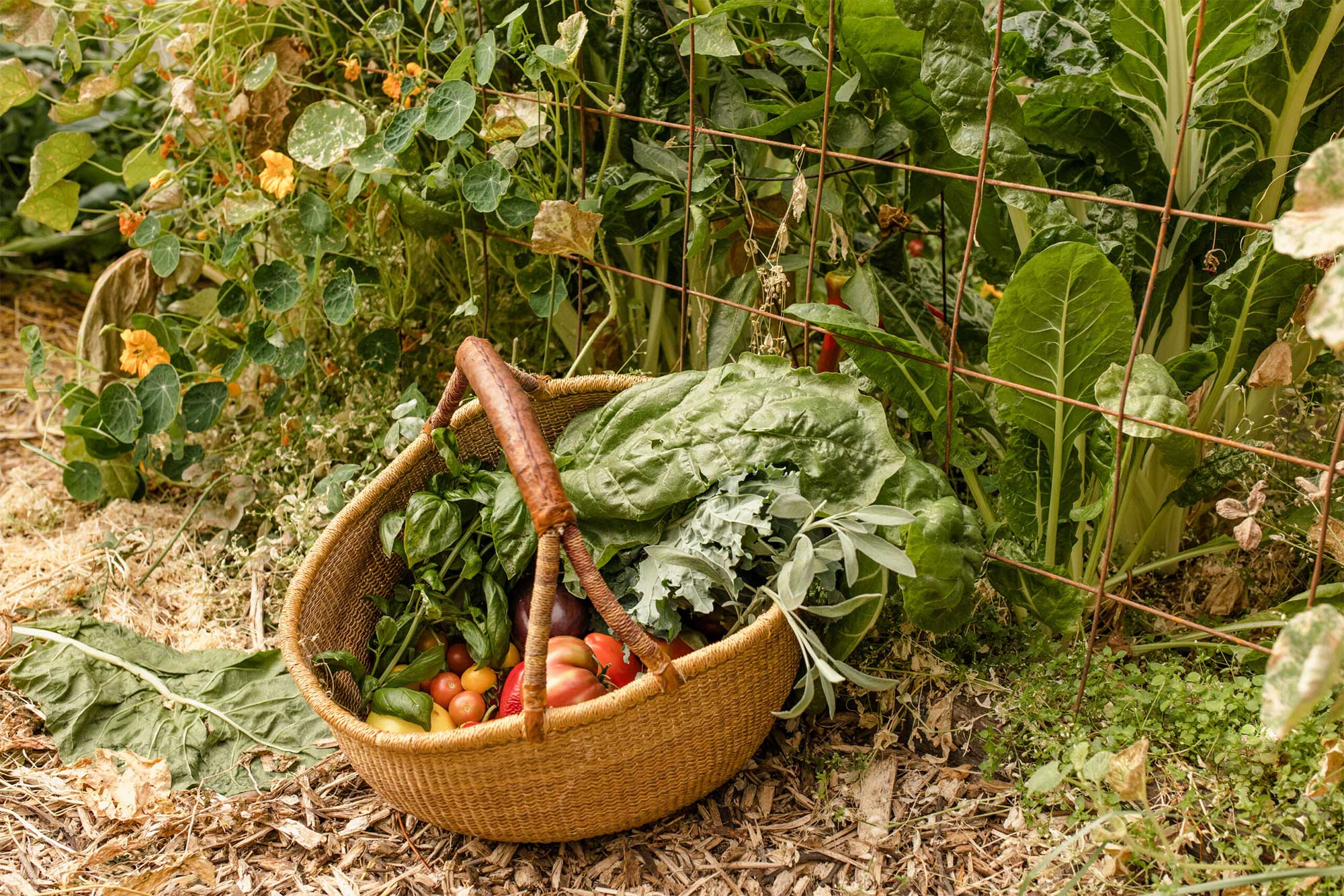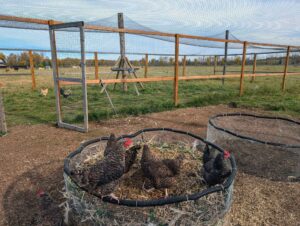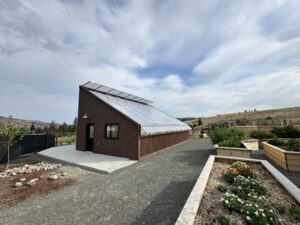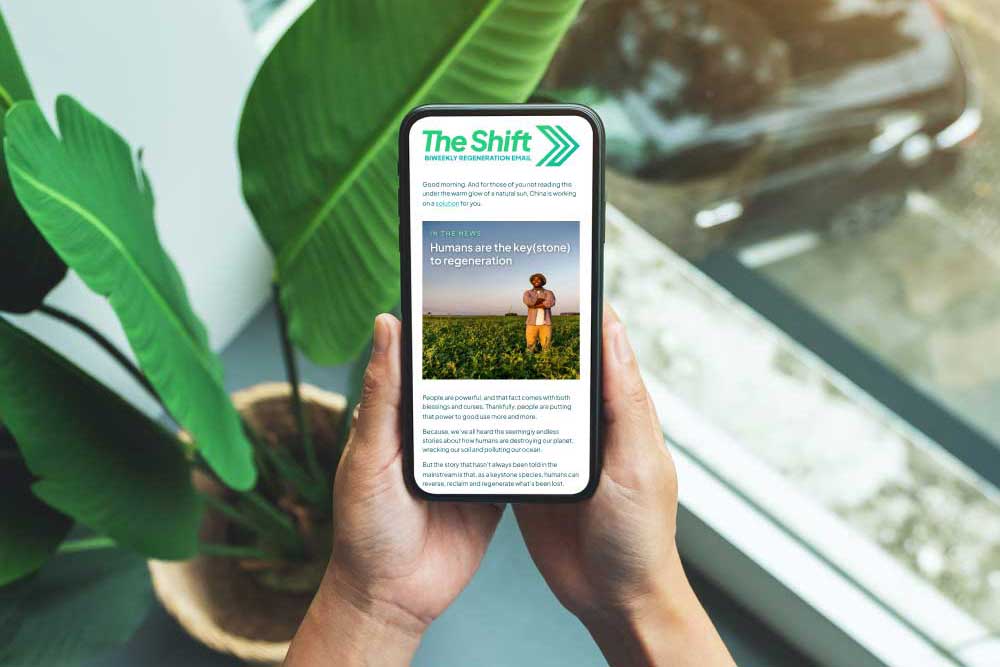5th World recently came across “The Global Food Supply is in Trouble” by Charles Hugh Smith, and thought it was a great overview of the fragilities inherent in our current food system.
The Problems With Our Food System
Hugh Smith’s article highlights the work of Cornell agricultural economist Chris Barrett, as well as a few astounding (and disheartening) facts:
- Rates of undernourishment have grown 21 percent since 2017
- Obesity has continued to rise
- The average micronutrient content of dozens of popular vegetables has continued to decline
- Worldwide, wholesale food prices, adjusted for inflation, have grown about 50 percent since 1999
- Over one-third of the planet’s land is used to produce food
- 70 percent of all freshwater is used to irrigate farmland
Hugh Smith says, “We’ve found that abundance does not equate to health, as the global food system has been designed to deliver calories rather than nutrition.”
We couldn’t agree more. A food paradigm that values quantity over quality, while ignoring the nuances of systemic realities (biological, ecosystemic, social, economic, etc.) results in externalities, such as those mentioned in Hugh Smith’s article:
- Nutrient-deficient diets and illness
- Food price increases
- Food oligopolies
And also:
- Over-extraction i.e., depletion of natural resources like soil, freshwater, etc. before they can regenerate
- Wastefulness: One third of all food produced is lost or wasted, some due to transit over long distances
How Do We Solve These Problems?
There are many concrete actions one can take at home to mitigate these externalities—while challenging the systems that produce them.
Purchase mindfully: Buy food from small-scale market gardeners who understand the science of soil health. Support local protein producers that are grass-fed and either organic, regenerative, or use a combination of these concepts and ideas.
Grow food: Produce some or all of your own food using regenerative agriculture and/or permaculture principles. These include no- to low-soil tillage, using high-quality composts and composted animal manure, cover crops, crop rotation, and the addition of key minerals and nutrients to the soil. Grow perennial crops like fruit, nuts, and perennial vegetables.
Forage food: A plethora of edible, nutrient-rich wild greens and mushrooms hide in plain sight, growing in our forests, fields, and even our backyards. Learn how to forage from an expert, and only collect species you can identify with certainty.
Steward animals: Manage a small backyard flock of chickens or ducks. Both of these fowl will eat most of your compost and produce some of the most nutrient-dense food available: Eggs. Their compost can enrich the garden to enhance your vegetables and fruit crops, increasing their nutrition.
Get a greenhouse: Use greenhouses to extend the growing season. For really cold climates, passive solar greenhouses can help extend the season or even allow you to get nutrient-dense food all year long.
Harvest rainwater: Collect rainwater for irrigating your crops. This guarantees there is no chlorine or high-mineral content for people relying on wells. Chlorine kills beneficial microbes and high-mineral water will salt the soil over time. Rainwater harvesting is inexpensive and ensures you have a drought-proof garden.
Use solar energy: Install and set-up solar power systems, including mounting solar panels, connecting electrical components, and integrating inverters and batteries. The benefits of solar rigging include significant reductions in electricity bills, decreased reliance on fossil fuels, and enhanced energy independence.
5th World Empowers Regenerative Living
At 5th World, we believe a global paradigm shift towards what we call “regenerative living” is required to see the wide adoption of actions like these. Regenerative living is a concept that harmonizes human ingenuity, technological innovation, and the wisdom of nature to produce a new approach to daily life—one that’s aligned with civilizational longevity and well-being.
What that means tangibly is 5th World is helping to build a world in which humans possess the understanding, practical skill sets, and resources needed to ensure global supplies of food, energy, and water are capable of regenerating and providing for future generations.
We aim to achieve this outcome by conducting research, providing educational resources, engaging communities, and offering products and services designed to meet people wherever they are on their regenerative journey. From regenerative property development to community events, land health tracking software to passive solar greenhouse design, 5th World’s activities are designed to touch every area of society, fostering systemic change.
But systemic change isn’t enough.
Our work is also grounded in the notion that self-custody and decentralization are drivers of systemic resilience. For that reason, we focus our efforts on supporting infrastructure and practices that drive self-sufficiency, reducing dependencies on centralized food, water, and energy systems.
By building autonomous, regenerative properties and communities, we’re supporting a future in which we not only solve our global food supply issues—but also the fragilities inherent in other vital systems, such as water and energy.
Did this article resonate with you? There are many ways to engage with 5th World:
- Explore our regenerative living products and services by visiting www.5thworld.com
- Join the regenerative living movement by becoming part of our community, VDAO.
- Build a regenerative property with systems that produce abundant food, water, and energy for you and your family. Contact our property design team.





